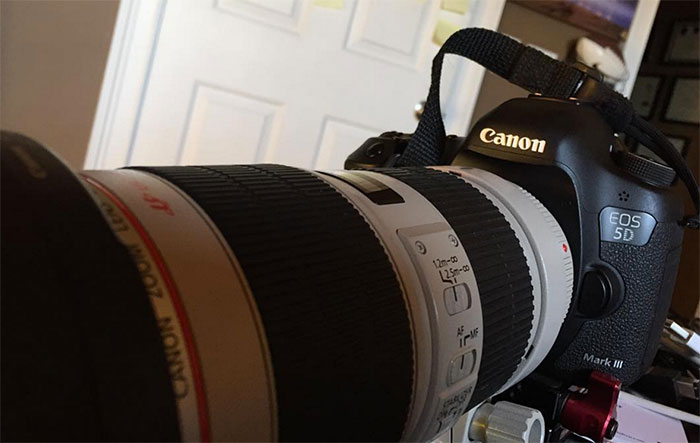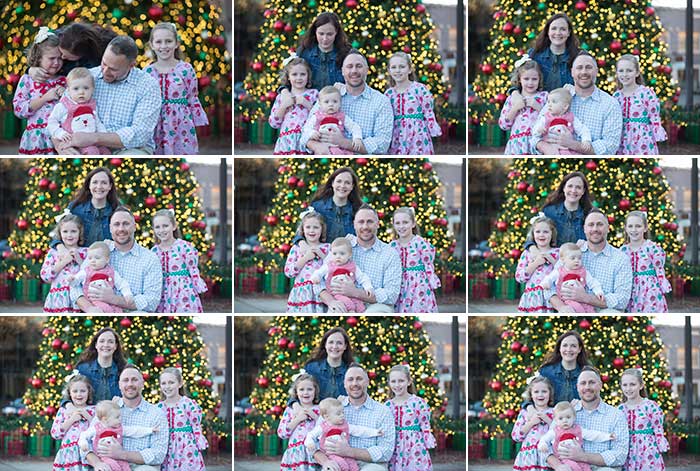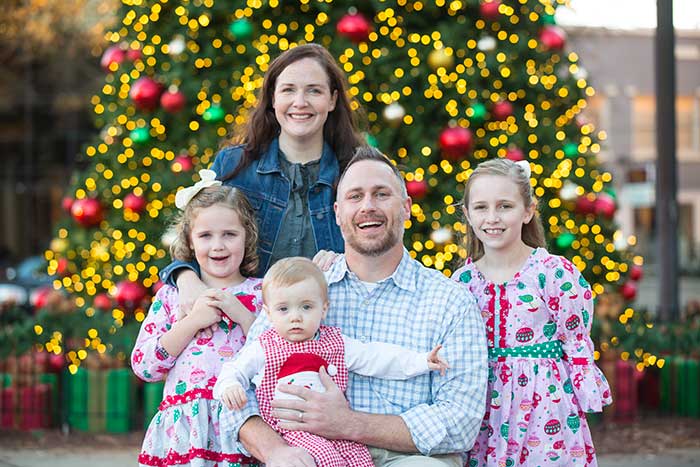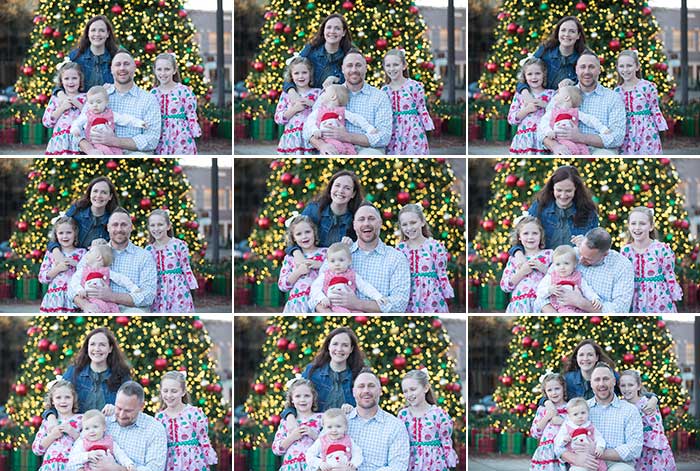Telling the whole truth…the complete narrative, not just what sounds pretty.
Sometimes capturing moments does not necessarily mean we disregard other perspectives. Do you ask your self…which images do you choose to share and which images do you choose to disregard? Do you save the disregarded images to revisit at a later time? Do you spend time reviewing the images that were not made public? Are the images you share those that paint a perception of your reality that necessarily disregard an untold truth, bringing a larger texture to broader narrative?
Storytelling is more than was is selected to share, it often times is a culmination of those moments in time combining those hidden moments, bringing a larger perfection to that one slice in time, that time that makes it into the public eye.
I share with you the nine images directly before the one chosen for the Christmas card. Then I share with you the nine images that followed the final, chosen image.
Can you see the progression? Look at the first nine images, then the center large image chosen for the Christmas card, then the nine images after the chose image.
What can we learn by looking back at the narrative that brought you to that moment of time that we consider, potentially a perfect shot? What can we say that follows after that perfect shot? We can see the progression of that narrative starting with someone crying finishing with happy faces.
We find this so many times in the chopping block of creating creative content. We chose to include images, sound, words, colors…disregarding vital prose that allowed you to make those decisions. But what perception are we creating? Are we creating a perception that truly represents the whole truth? Or the truth we want to paint?
Sometimes we find this in healthcare storytelling. We want to share how hospitals, pharmaceuticals, physicians, services, procedures are portrayed as narrative that is best, innovative, needed, and even transparent. But many times we do not tell the whole truth behind those procedures, those physicians, those services. What narratives are we leaving out, leaving on the chopping block for the audiences to not necessarily discern, yet disregarded to paint another reality.
Let’s take cancer. We read and see the innovative services offered by local, regional, and national hospitals…yet we do not hear the reality of those cancers and what it means to really fight. Those stories bring the reality to this fight…the everyday narratives of what it means to fight cancer…from the patient perspective, the provider perspective, and hospital perspective, and even the family perspective.
Why don’t we tell the stories of people dying after fighting so long? Does it change the reality of the disease, make us less human, or even showcase the humanity of dying? Maybe death from cancer can provide other narratives that can bring future conversations, research, awareness when innovative technology does not save that life. Hmm…is that hard to talk about? Is it hard to bring language to the unpleasantries of narrative which many times is hard to even fathom?
We must tell whole story…not just the small slice we perceive will bring a larger appeal, but a complete transparent narrative that gives texture. From telling stories of domestic violence, cancer, or any other gripping narrative that touches our lives…it is our ethic as storytellers to fight for the whole story…not just the one that is being bank rolled!




